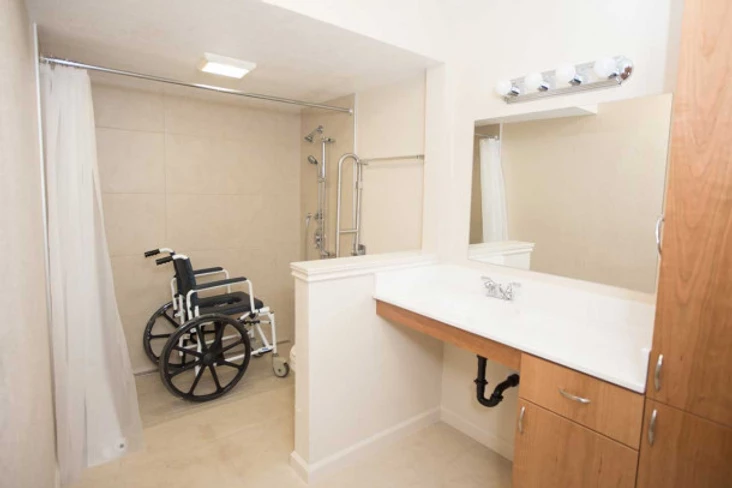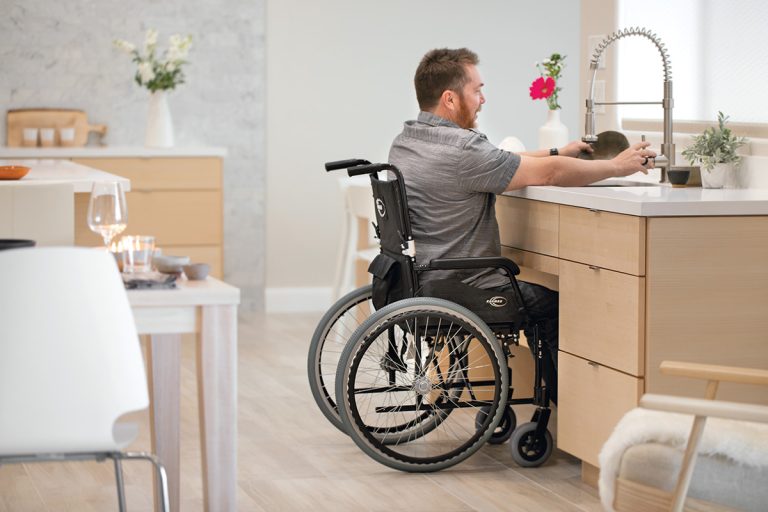In today’s fast-paced world, the concept of working from home has become increasingly popular and necessary. Creating an accessible home office setup is essential not only for productivity but also for comfort and inclusivity. Whether you are setting up a new home office or modifying an existing one, it is crucial to ensure that your workspace is designed to accommodate various needs. This article will guide you through the process of establishing an accessible home office that caters to all.

The Importance of an Accessible Home Office
An accessible home office is not just about convenience; it’s about creating a space that is functional and welcoming for everyone. This is particularly important for individuals with disabilities or specific ergonomic needs. An inclusive workspace can significantly improve productivity and overall well-being.
Essential Features of an Accessible Home Office
Ergonomic Furniture
Investing in ergonomic furniture is a key component of an accessible home office setup. Adjustable desks and chairs can help prevent discomfort and long-term health issues. Consider furniture that can be easily adjusted to suit different body types and preferences.
Lighting and Ambiance
Adequate lighting is crucial for reducing eye strain and creating a pleasant atmosphere. Natural light is ideal, but adjustable LED lights can also be a great addition. Ensure that the lighting is easily controllable to suit individual preferences.
Technology and Equipment
Modern technology plays a vital role in creating an accessible home office. Voice-activated devices, large monitors, and screen readers can enhance accessibility. Make sure all equipment is within easy reach and can be operated with minimal effort.
Designing for Accessibility
Open and Clutter-Free Spaces
Maintain open spaces to allow easy movement, especially for individuals using wheelchairs or mobility aids. Avoid clutter and ensure that pathways are clear and unobstructed.
Inclusive Design Elements
Incorporate design elements that cater to a wide range of needs. This might include adjustable shelving, accessible electrical outlets, and easy-to-use door handles.
Adapting Existing Home Offices
Simple Modifications
Adapting an existing office doesn’t always require a complete overhaul. Simple changes like adding a footrest, adjusting the monitor height, or replacing door knobs with levers can make a significant difference.
Professional Assessments
Consider hiring a professional to assess your space and suggest modifications. They can provide valuable insights into making your office more accessible and comfortable.
Incorporating Assistive Technology
Integrating assistive technology is a game-changer for accessible home office setups. Technologies such as speech-to-text software, braille displays, and adaptive keyboards can make your office more inclusive.
Case Study: Successful Home Office Modifications
Let’s look at some real-life examples of successful accessible home office setups. These case studies highlight the importance of personalization and thoughtful design in creating an inclusive workspace.
Case Study 1: The Tech Enthusiast
John, a software developer, transformed his home office with the help of voice-activated devices and ergonomic furniture. His setup allows him to work efficiently without physical strain.
Case Study 2: The Creative Designer
Susan, a graphic designer, incorporated height-adjustable desks and adaptive technology to ensure her workspace caters to her creative needs.
Conclusion
Creating an accessible home office setup is an investment in your health, productivity, and comfort. By considering the needs of all potential users, you can establish a workspace that is both functional and welcoming. Remember that inclusivity is key, and even small adjustments can have a big impact.

FAQs
What is an accessible home office setup?
An accessible home office setup is a workspace designed to accommodate the needs of all users, including those with disabilities.
Why is accessibility important in home offices?
Accessibility ensures that everyone can work comfortably and productively, reducing the risk of strain or injury.
How can I make my home office more accessible?
Consider ergonomic furniture, assistive technology, and inclusive design elements to enhance accessibility.
This article contains affiliate links. We may earn a commission at no extra cost to you.

